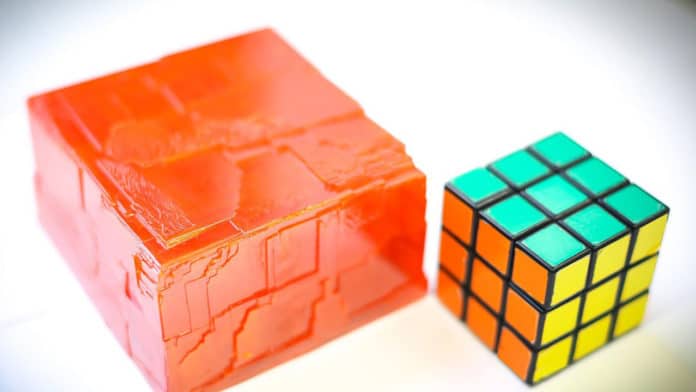Scientists from EPFL‘s School of Basic Sciences have developed a perovskite that can detect gamma rays. In particular, they come up with a photovoltaic perovskite crystal that is just a kilogram size.
Gamma rays have the highest frequency and the highest energy. Therefore, they can penetrate almost any material and are used widely in homeland security, astronomy, industry, nuclear power plants, environmental monitoring, research, and even medicine to detect and monitor tumors and osteoporosis.
As gamma rays can affect biological tissue, scientists need to keep an eye on them continuously. To do this, they need simple, reliable, and cheap gamma-ray detectors.
The perovskite that scientists developed relies on crystals of methylammonium lead tribromide (MAPbBr3) and seems ideal for meeting all these requirements.
In experiments, the perovskite crystals show high clarity with very low impurities. When they tested gamma-rays on the crystals, they found that they generated photo-carriers with a high “mobility-lifetime product,” which is a measurement of radiation detectors’ quality.
It means the perovskite can efficiently detect gamma rays at room temperatures, simply by resistivity measurement.
The volume of most lab-grown metal halide perovskites used for this is limited to about 1.2 ml, which is hardly scalable to commercial levels. However, the team at EPFL also developed a unique method called ‘oriented crystal-crystal intergrowth’ that allowed them to make a whole liter of crystals weighing 3.8 kg in total.
Pavao Andričević, the lead author, said, “I enjoyed very much working at the common frontiers of condensed matter physics, chemistry, and reactor physics, and to see that this collaboration could lead to important application to our society.”
Journal Reference:
- Pavao Andričević et al. Kilogram-scale crystallogenesis of halide perovskites for gamma-rays dose rate measurements. Advanced Science 07 December 2020. DOI: 10.1002/advs.2020018828
